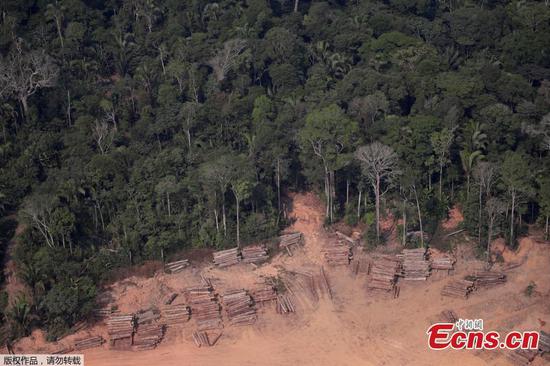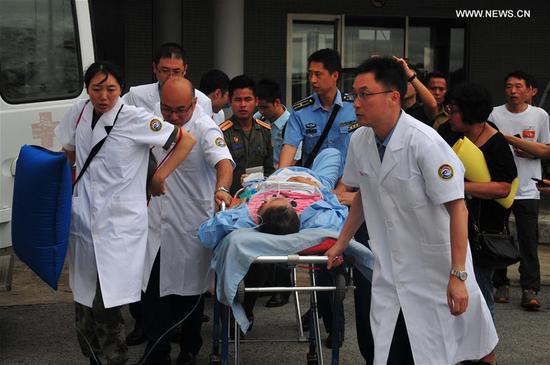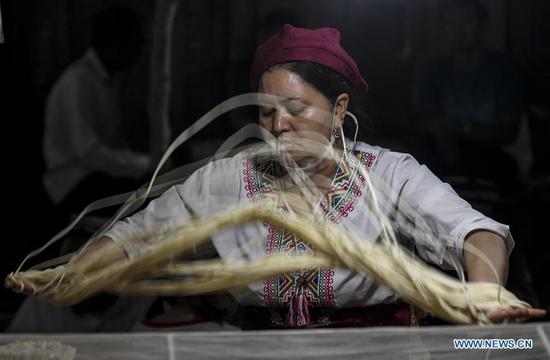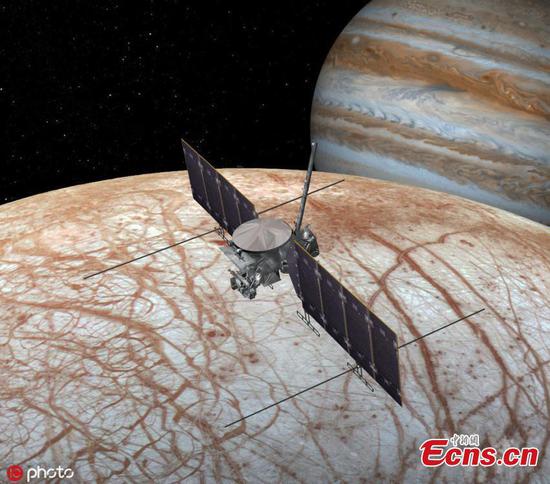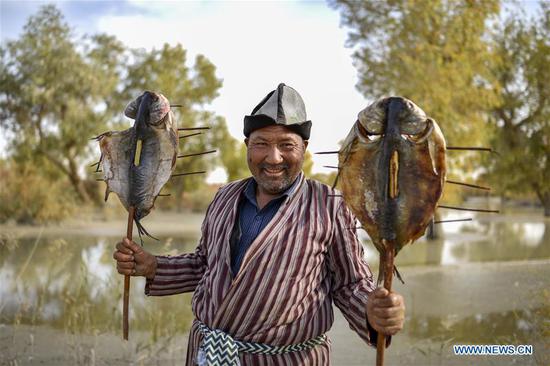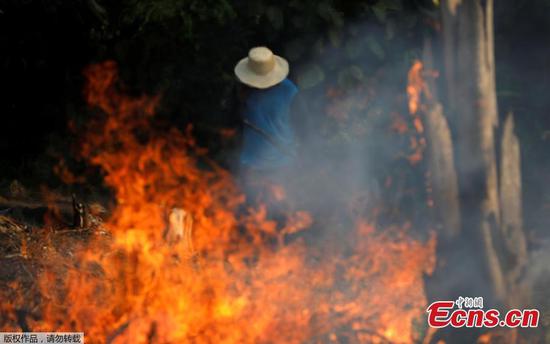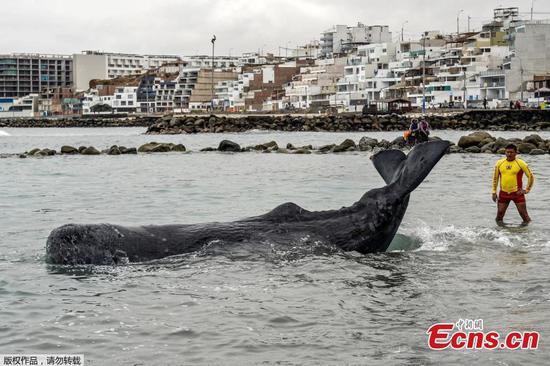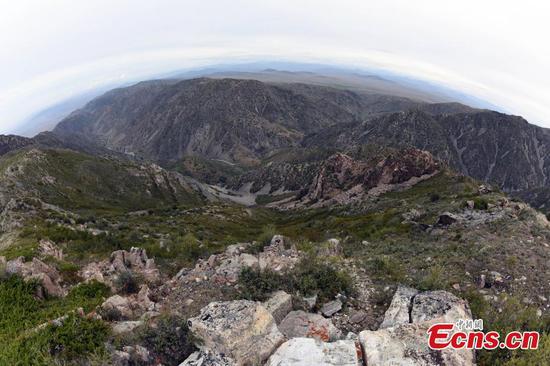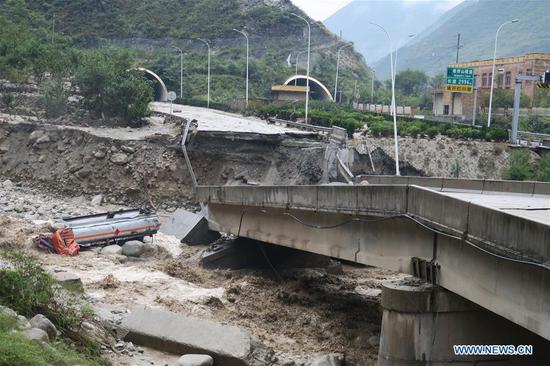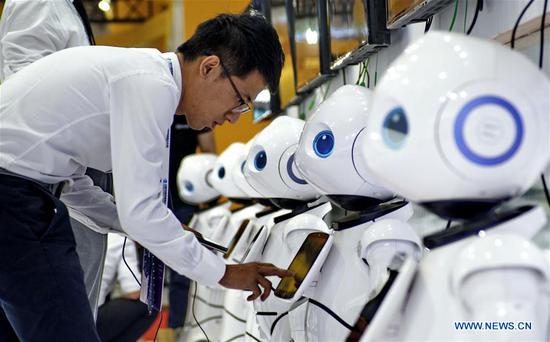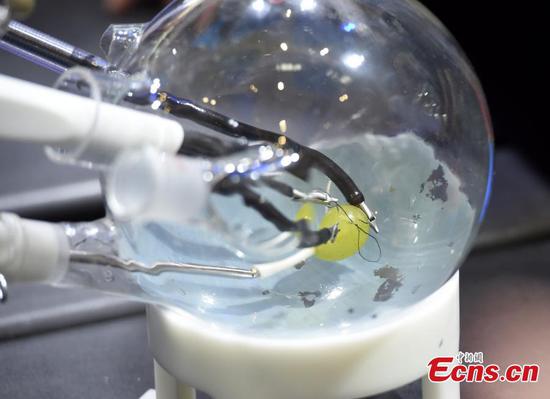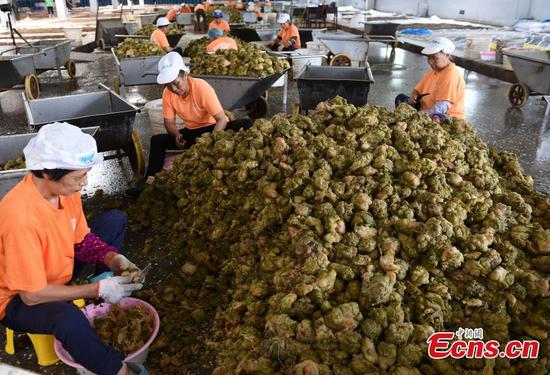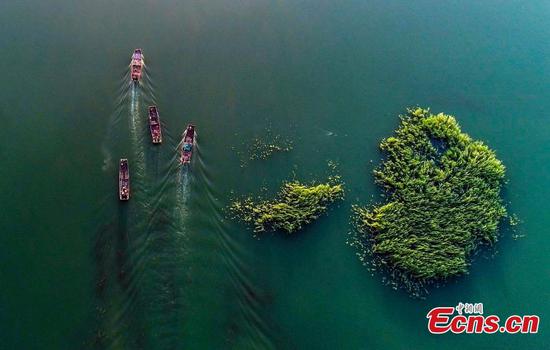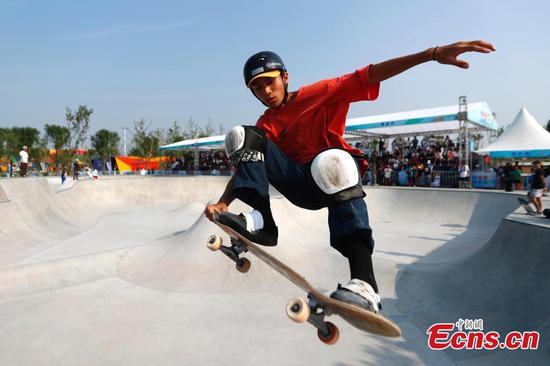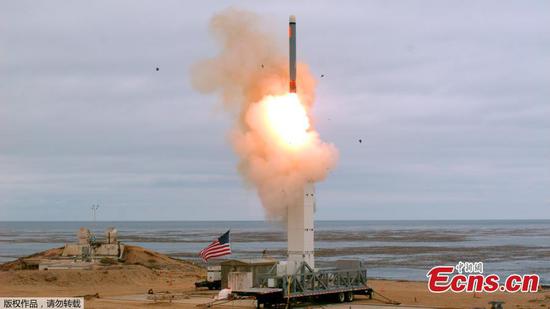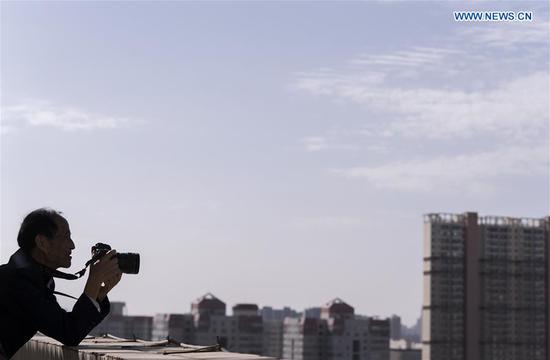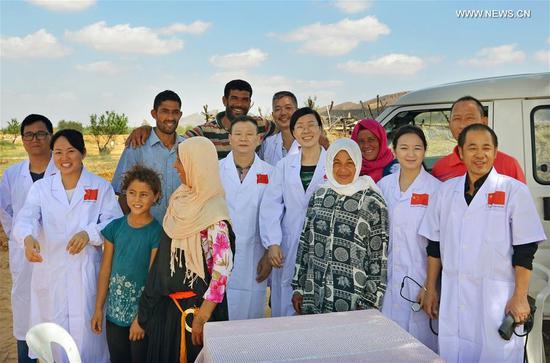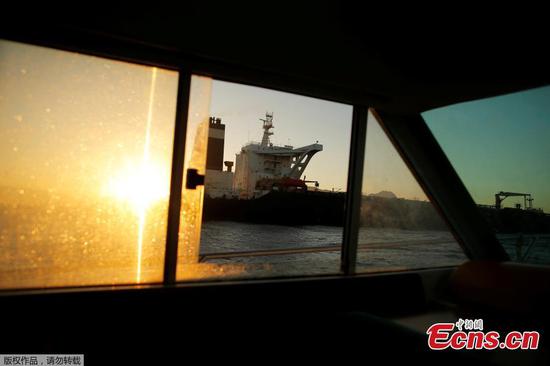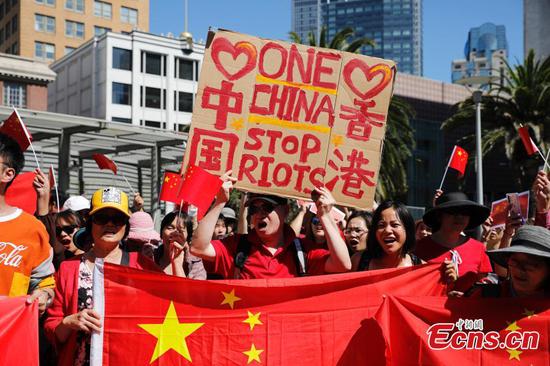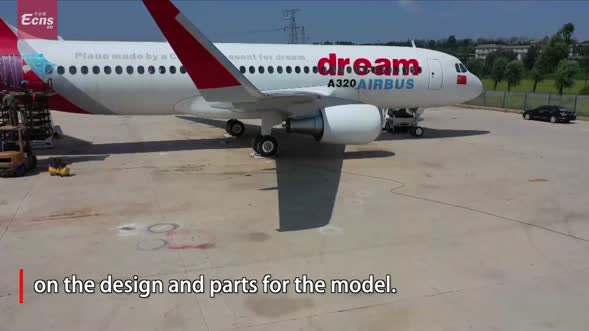
(Photo provided to China Daily)
Industrialization's slow momentum in the 16 member countries of the Southern African Development Community was a key focus at the recent 4th SADC Industrialization Week.
Tanzania had hosted the industrialization week, from Aug 5 to 9, to foster opportunities for trade and investment in the SADC region, whose transformation from raw material exporters to manufacturing economies has been hampered despite the region being rich in resources.
The theme of the annual event, a public-private engagement platform, was "A Conducive Environment for Inclusive and Sustainable Industrial Development, Increased Intraregional Trade and Job Creation".
The SADC's industrialization strategy for 2015 to 2063 has three main pillars: economic and technological transformation, competitiveness, and regional integration.
The strategy, which aims to move away from industrialization powered by increased labor and capital investment to that powered by efficient resource deployment in production processes, seeks to promote regional integration to maximize member countries' sectoral and international competitive advantage.
Intraregional trade has remained low, at 22 percent of the SADC's trade. Priorities identified by the SADC present an opportunity for mutual cooperation between the SADC and China, and for partnering with the China-proposed Belt and Road Initiative.
China as well as Southern Africa are witnessing a period of economic and social transformation.
At the Forum on China-Africa Cooperation's 2018 Summit in Beijing, President Xi Jinping highlighted several major initiatives for China-Africa cooperation: industrial promotion, infrastructure connectivity, trade facilitation, green development, capacity building, healthcare, people-to-people exchanges, and peace and security. There are a number of shared interests between the BRI and the SADC strategies that fall within these initiatives.
First, the BRI has successfully leveraged trade between neighboring countries and built value chains for product assembly.
China has committed to undertaking 50 projects for green development and ecological and environmental protection in Africa, and to expanding exchanges and cooperation with Africa on climate change, ocean issues, desertification prevention and control, and wildlife protection.
Second, the SADC is pursuing industrial transformation through harmonization of national and regional strategies, and regulatory frameworks with continental and global initiatives for industrialization such as the BRI.
Third, the SADC is eager to promote foreign direct investment in its member states in order to boost regional development and trade. At the 2018 FOCAC Summit, China also committed to encouraging Chinese companies to make at least $10 billion of investment in Africa over the next three years.
Fourth, in order to promote trade within the region, the SADC is looking to embrace e-commerce and information and communications technology, and reduce trade barriers by aligning with the African Continental Free Trade Area.
Fifth, the SADC industrialization plan recognizes the role of research, innovation and technology in development, and intends to invest in skills development in such areas as data science, artificial intelligence and robotics.
China's capacity-building initiative for Africa includes workshops that provide vocational training for young Africans, opening a China-Africa innovation cooperation center to promote youth innovation and entrepreneurship, and 50,000 government scholarships for African students.
There is great potential for shared growth between China and the SADC member states through mutual cooperation in industrialization and improved regional infrastructure within Southern Africa.
The author is a senior associate at the Africa Policy Institute in Nairobi, Kenya. The views do not necessarily reflect those of China Daily.









